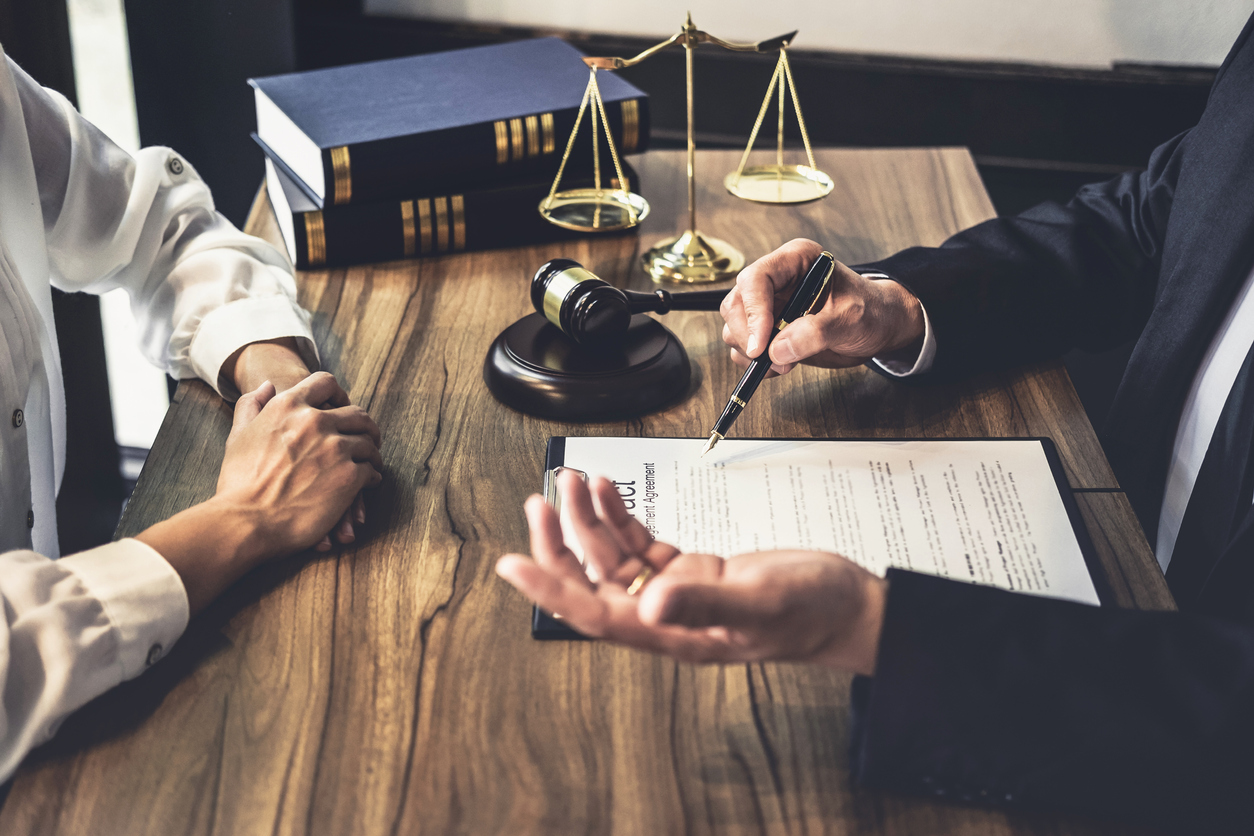TWO OFFICES IN NEW YORK CITY • Hablamos Español

New York’s personal injury law firm
Click For Your Free ConsulationNYC Personal Injury Lawyer » New York Personal Injury Blog » 3 Elements of Standing to Sue in New York, NY
Posted in New York Law on May 28, 2021

Many of the personal injury claims in New York settle outside of court. The at-fault party accepts liability and agrees to compensate the victim of damages. The only matter left is for the parties to negotiate a settlement amount for the personal injury claim.
In some cases, the parties cannot resolve the dispute through negotiations or mediation. The result may be a personal injury lawsuit.
An essential element of a personal injury lawsuit is standing. If a plaintiff (the injured party) does not have standing to sue, the defendant can petition the court to dismiss the case.
Having standing to sue does not mean that you will win your case. Standing to sue merely means that you have met the legal requirements to file a lawsuit. In other words, you have a valid interest in the lawsuit that is recognized by the laws that govern the dispute.
If another party caused your injury, you might want to pursue a legal claim through the courts. To do so, you must meet the three legal elements of standing.
The United States Supreme Court explained the three legal elements of standing in the case of Lujan v. Defenders of Wildlife. According to the Lujan case, a plaintiff must show:
The plaintiff must have sustained an “injury in fact” to proceed with a lawsuit. An injury in fact is a provable injury that a plaintiff sustained before the filing of the lawsuit. It cannot be a hypothetical injury or future harm.
Medical records can be used to establish that the plaintiff sustained an injury or harm. For example, a car accident victim might have medical records showing that they sustained a traumatic brain injury during the collision.
Another example might involve an injury sustained in a workplace accident. A construction worker might have medical records showing that he sustained a broken leg due to a fall off of defective scaffolding.
You do not have to prove all elements of a negligence claim to have standing. However, you must demonstrate to a judge that there is a plausible link between your injury and the defendant’s actions.
If the judge finds that you can establish a reasonable link for causation, the jury would then decide if you met all the legal elements of negligence to hold the defendant liable for your damages. Causation is also a legal element in a negligence claim.
Redressability means that the court is able to provide a remedy for your claim. For example, in breach of contract claims, the redress could be an order compelling the breaching party to perform their part of the agreement. The court could order the breaching party to compensate the plaintiff for damages caused by the breach of contract.
In a personal injury case, redressability is financial compensation for injuries and damages caused by the defendant’s conduct. The court cannot undo the injuries, but it can order the defendant to compensate the plaintiff for damages. Damages in a personal injury case may include non-economic damages and economic damages.
The types of damages in a personal injury case may include, but are not limited to:
The value of a personal injury lawsuit depends on the facts of the case, the severity of the injuries, and other factors. If a jury finds a defendant is responsible for the plaintiff’s damages, the jury awards the plaintiff a monetary judgment.
Under New York laws, minors and individuals who have been judged incompetent because of mental illness do not have the right to file a personal injury lawsuit. However, it does not mean that a child or a mentally ill individual cannot recover compensation for an injury or accident.
Parents and legal guardians have standing to file lawsuits on behalf of their children. The court can also appoint someone to file a lawsuit on behalf of a minor or a mentally incompetent individual. A personal injury lawyer in NYC can assist parents and family members obtain the necessary legal standing to file suit for a child or disabled individual.
If you need legal assistance, contact the NYC personal injury lawyers at Law Offices of Jay S. Knispel Personal Injury Lawyers at your nearest location to schedule a free consultation.
We have two convenient locations in New York:
Law Offices of Jay S. Knispel Personal Injury Lawyers – New York City Office
450 7th Ave #409
New York, NY 10123
(212) 564-2800
Open 24 hours
Law Offices of Jay S. Knispel Personal Injury Lawyers – Brooklyn Office
26 Court St Suite 2511
Brooklyn, NY 11242
(718) 802-1600
Open 24 hours
Recent Posts
Categories
